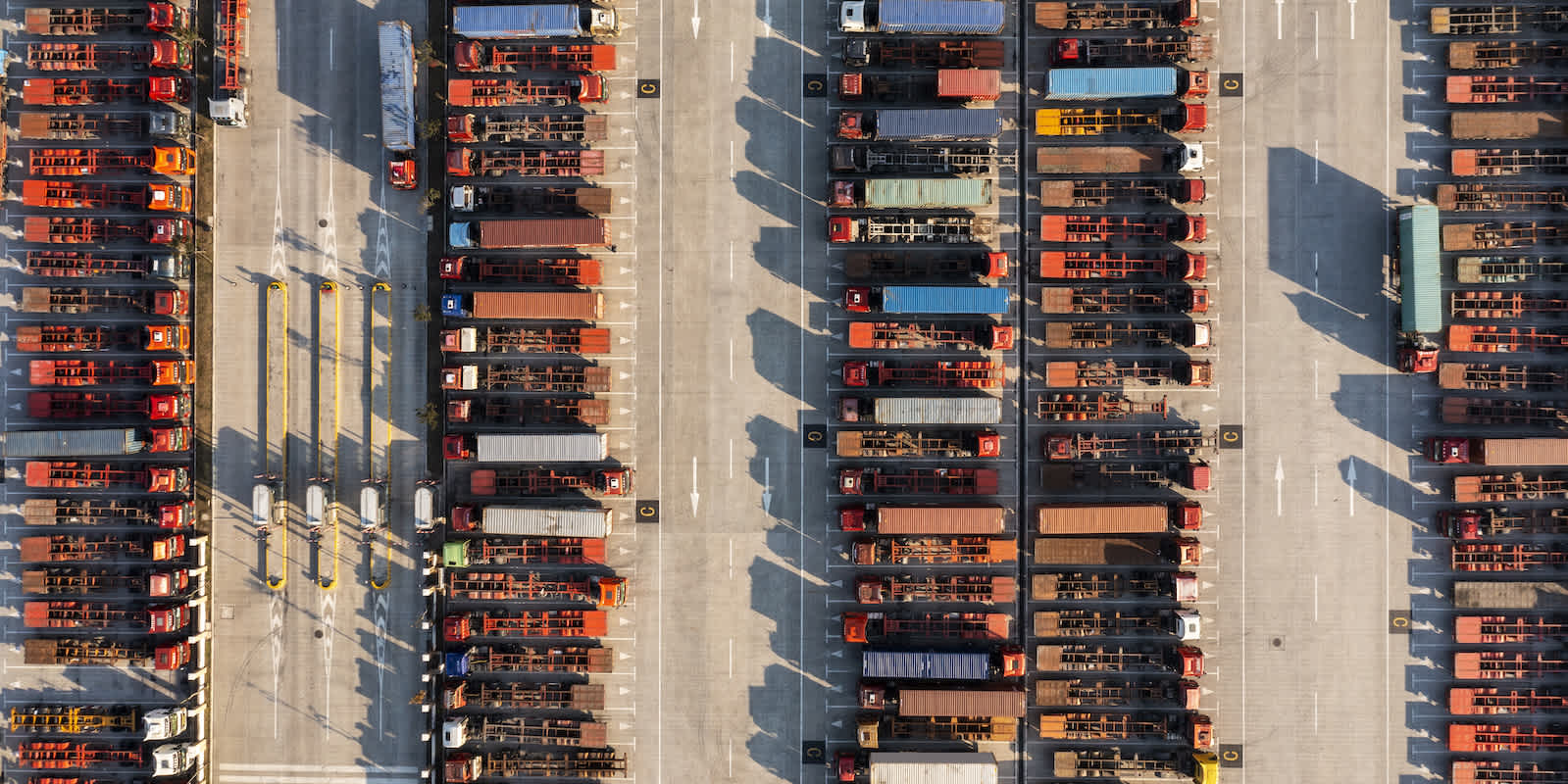
08.06.2023
Building a More Resilient Supply Chain Through Increased Transparency
Building a More Resilient Supply Chain Through Increased Transparency
First, some numbers.
- 67% — According to KPMG, 67% of organizations consider meeting customer expectations for speed of delivery as critical to the structure and flow of their supply chains over the next 12-18 months.
- 1 every 3.7 years — According to McKinsey, that’s how often supply chain disruptions lasting one month or longer will continue to occur across all industries.
- >50% — Per Info-Tech, that’s how many retail supply chain executives plan on investing in omnichannel fulfillment, planning, and inventory forecasting—in the interest of increasing flexibility in their logistics flow.
Supply chain transparency lies at the heart of what you need to avoid delays, navigate through bottlenecks, and build a flexible, resilient supply chain—in other words to avoid becoming a statistic.
Too often supply chains, already complex systems in and of themselves, are made more confusing by outdated, overly-complicated manual processes. When one partner keeps their data in a spreadsheet, another on a clipboard, and a third in a piece of modern inventory management software—time and energy is wasted pulling data from these disparate sources into one view so you can figure out where your goods are.
When we say supply chain transparency, what we’re talking about is having access to the relevant data, milestones, insights, and exceptions at each stage of the shipment lifecycle to support workflow, inform decision making, and optimize supply chain management processes.
The results of increasing visibility into your supply chain should be an increase in the efficiency of your planning processes, better cross-team functionality, and delighted customers.
How Supply Chain Transparency Enables More Efficient Planning Processes
As with any complex set of processes, each segment of your supply chain relies on the previous in an ongoing cycle. Getting a better handle on inventory management, for example, is a necessary piece of that cycle, but it won’t be as effective if the stages up and downstream aren’t also becoming more efficient. Below are five examples of supply chain process stages that can be improved by increasing the amount of data available.
Streamline drayage
When you know precisely when the ship will be in port, and when your container will be unloaded, you can send the truck at the optimal time for pickup.
Help avoid port congestion
Being able to plan with precision allows you to ensure your cargo misses prime congestion times at the port of entry. One less truck in the backup helps ease that congestion overall.
Decrease detention and demurrage fees
By having your cargo picked up from the port in a timely manner, you avoid paying additional fees for storing your container dockside while the next step shrinks the delay in returning the container to port.
Make more efficient use of employee resources
Schedule the extra warehouse staff for the right day and time to get your cargo unloaded from the container and turned around fast.
Speed up the duty drawback process
When each cycle is complete, your shipping data is ready to be used in filing for duty drawback. Use the additional capital to fund your next production run and start the cycle anew.
By finding efficiencies where you can, each time the cycle restarts it will be that much more efficient and effective. And all of these steps help with the ultimate goal of any business: keeping your customers delighted when they ask “where’s my stuff?” and you have a detailed, accurate answer for them, every time.
Leveraging Supply Chain Transparency To Improve Cross-Team Functionality
The more you know, the more you can do with that knowledge. Think about the time savings when your employees don’t have to manually track down a container shipment. Or when they can stop manually uploading a spreadsheet into your inventory system because the data is being piped in in real-time via API. Not to mention cutting driver idle time, warehouse staffing discrepancies, and more.
A unified logistics data platform can also streamline and simplify communication between your teams and external partners. Click on a SKU and send a message to the supplier inquiring about the upcoming production schedule. Or your team can receive a customer inquiry and have the relevant shipment information to hand, allowing your CS team to get back to the client with details instantly.
The More Insight You Have Into Your Supply Chain, The More Delighted Your Customers Will Be
Improving planning processes and streamlining communication serve their own purposes when it comes to lowering costs and increasing operational efficiency. They also move the needle when it comes to the ultimate goal of any retail or ecommerce business—creating and retaining happy customers.
Happy customers buy more, return less, and tell their friends about the experiences they have with your customer service. In one study, 94% of consumers who gave a company a “very good” rating for customer experience say they will also recommend that company. Contrast that with this statistic: approximately 61% say they’ll leave a company after a single bad customer service experience.
Whether part of a broader digital transformation or a more targeted effort to build resilience into your supply chain, increasing your visibility into where your goods are will bring benefits in the short-term as well as setting your business up for long-term success. More efficient planning processes, better communication channels, and happier customers are great starting points.
In a future article, we’ll go over some common roadblocks companies face on the journey to improved supply chain transparency, and some ways you can avoid, or overcome, them. In the meantime, get in touch with questions, and check out our new app on the Shopify platform for a one-stop logistics solution.








